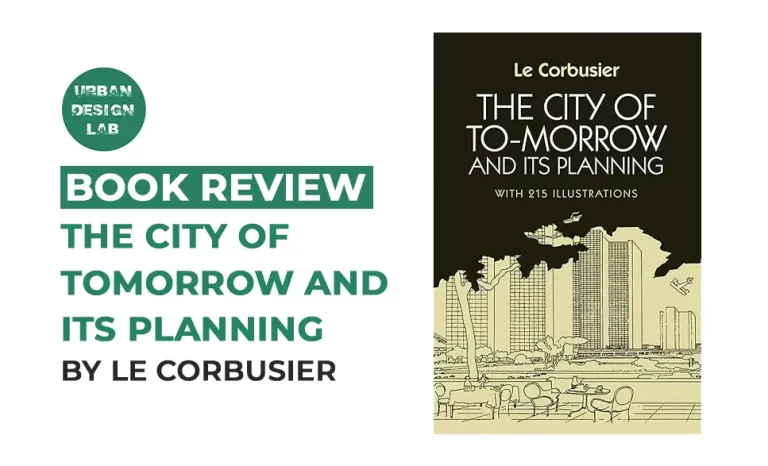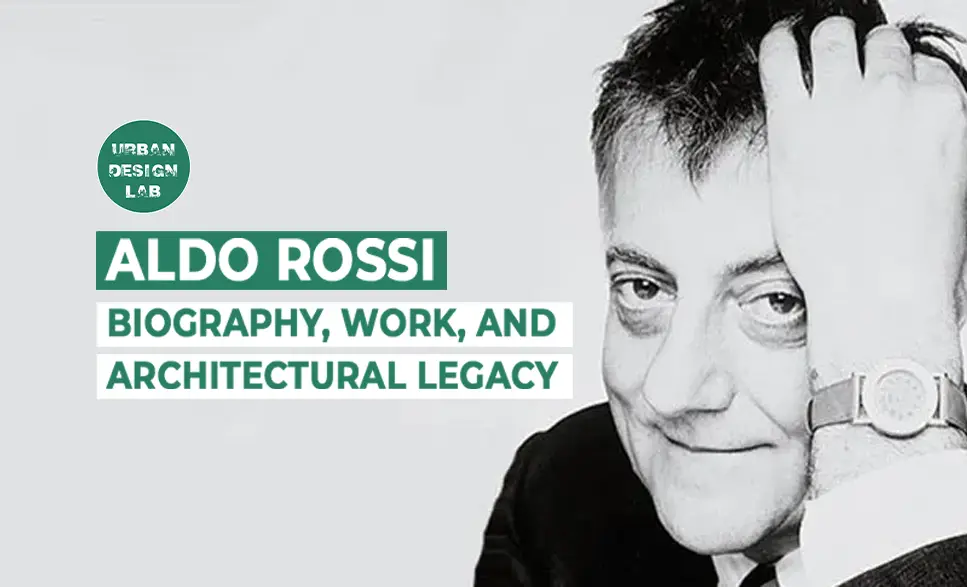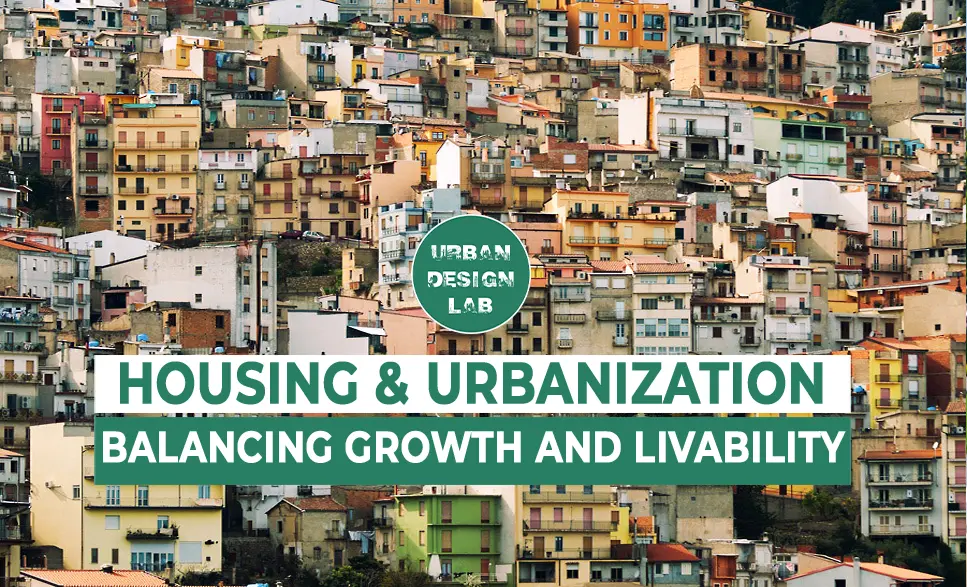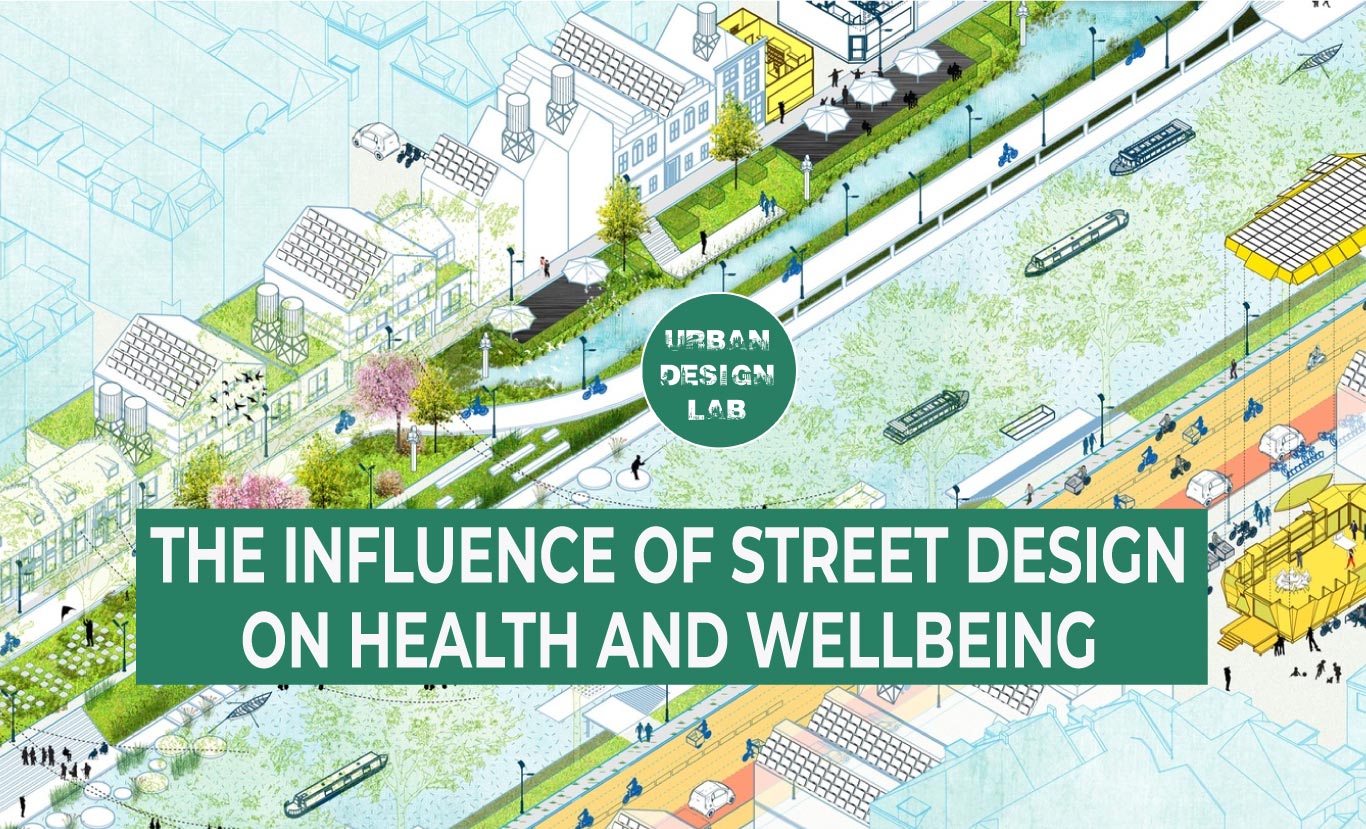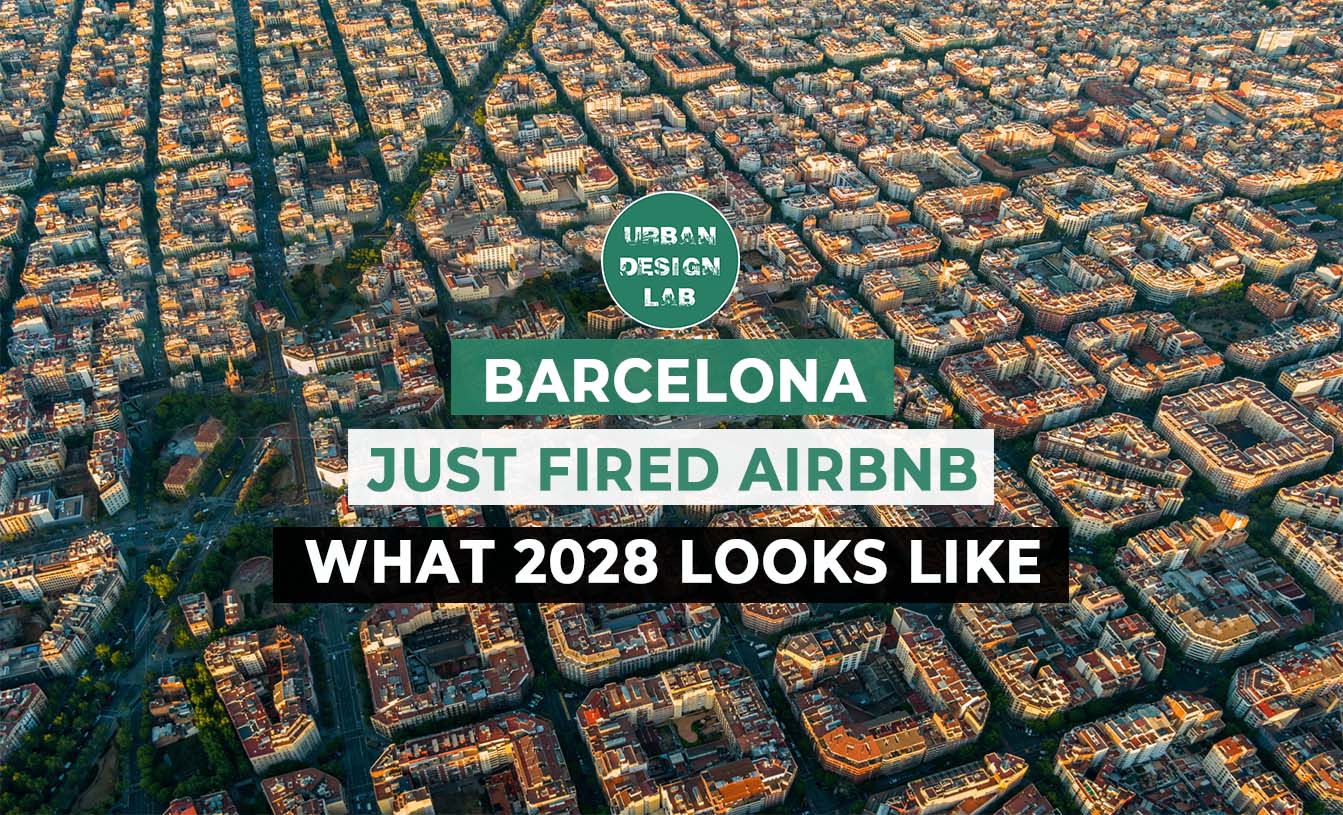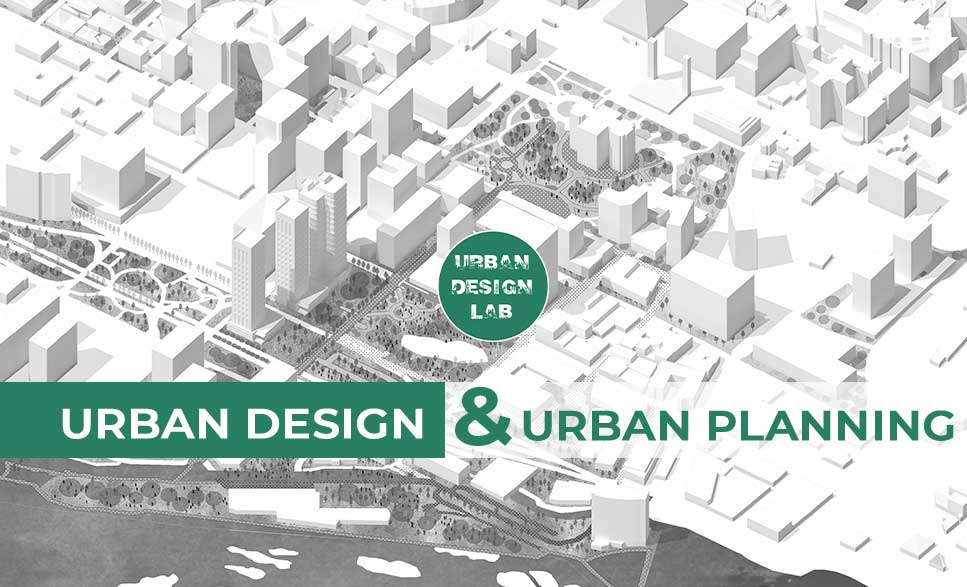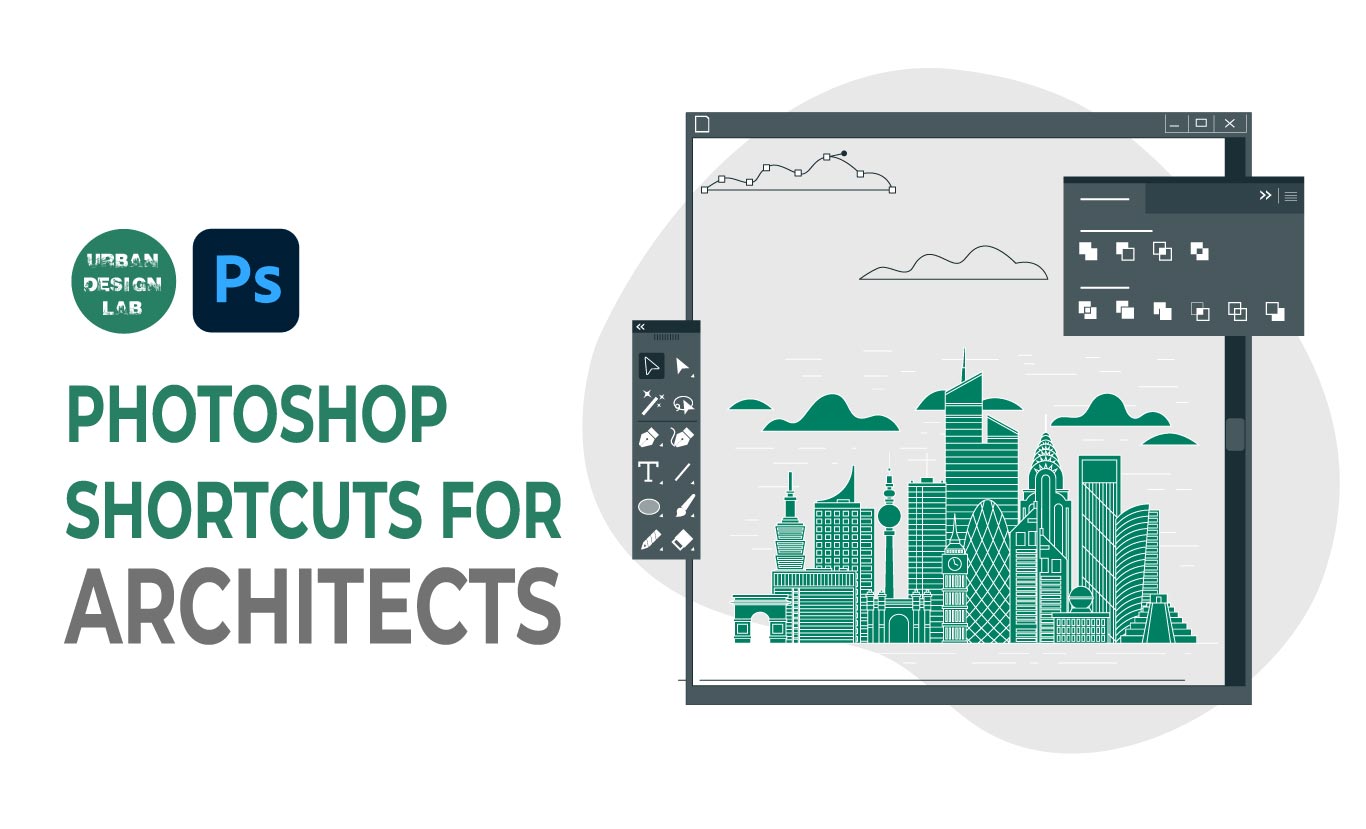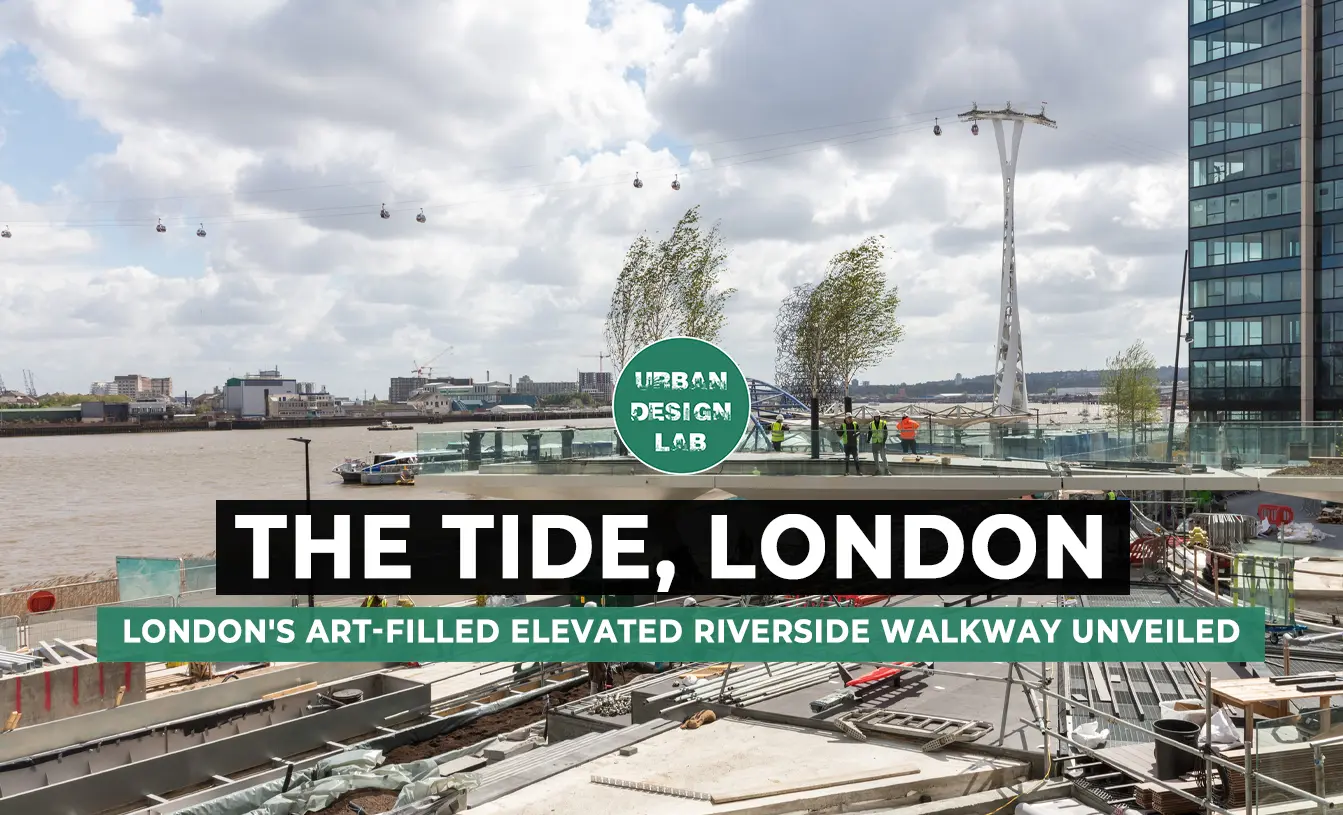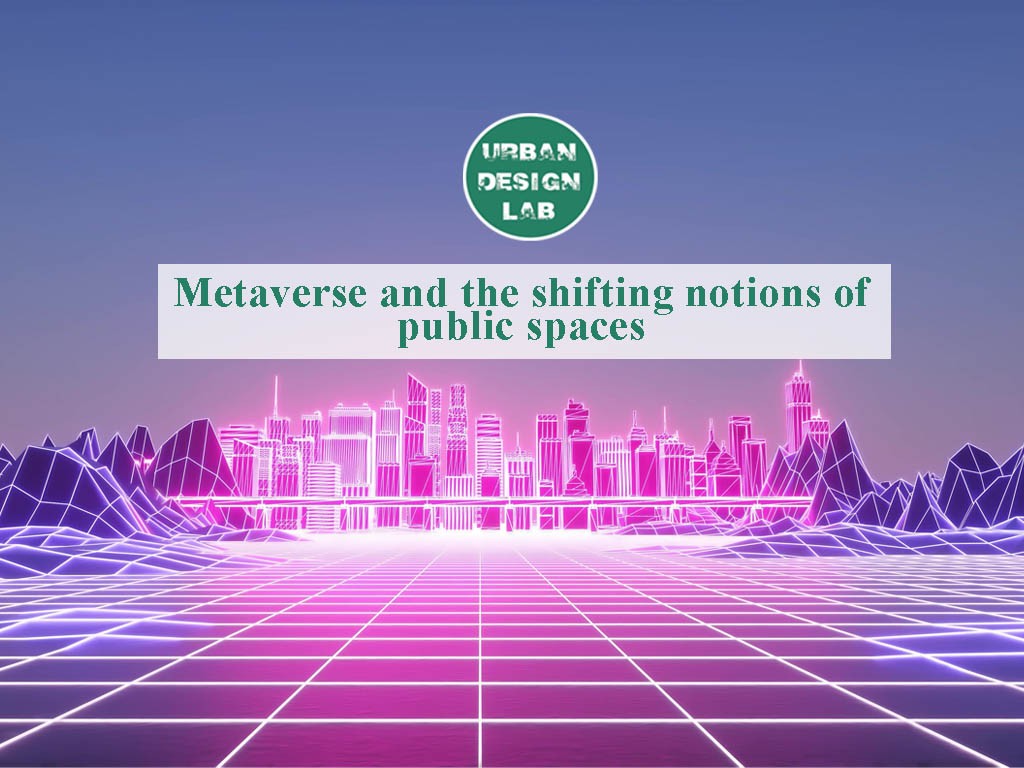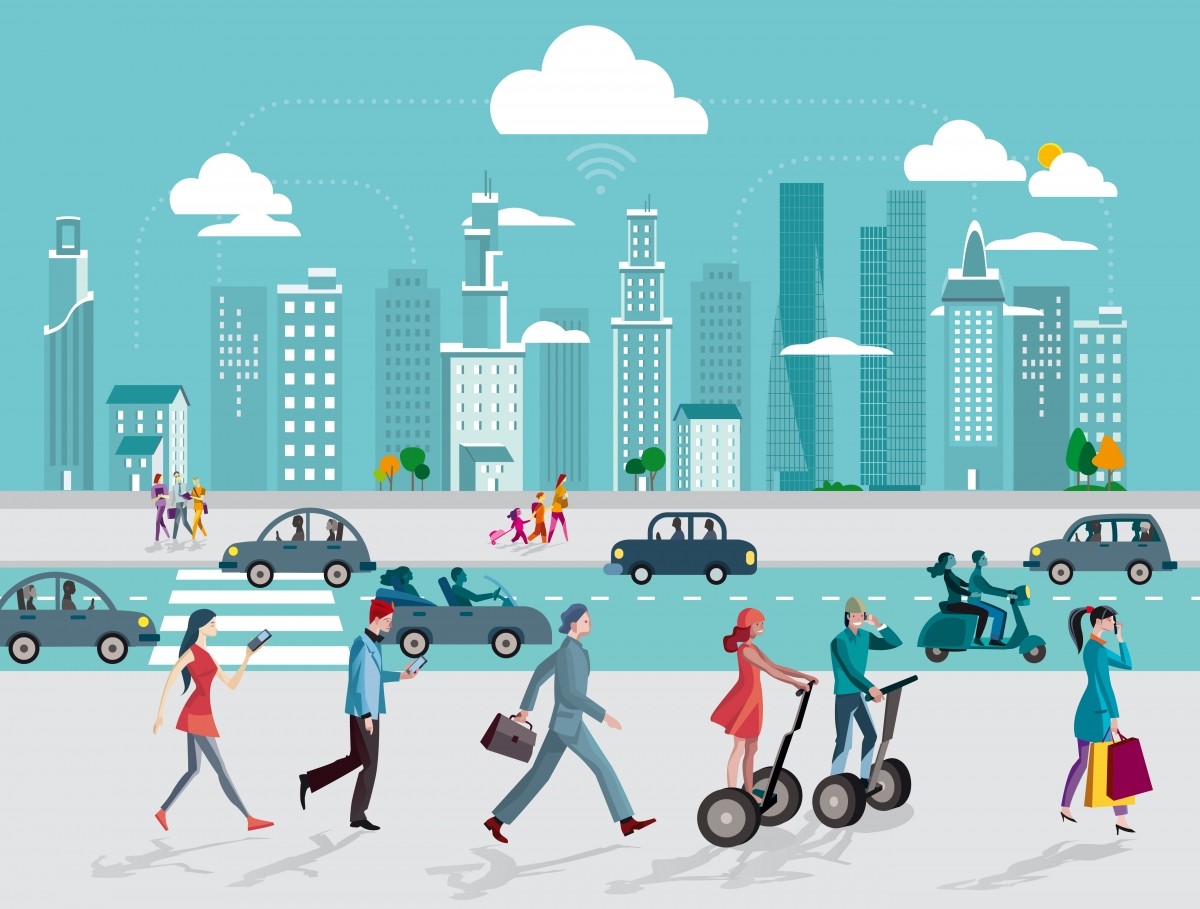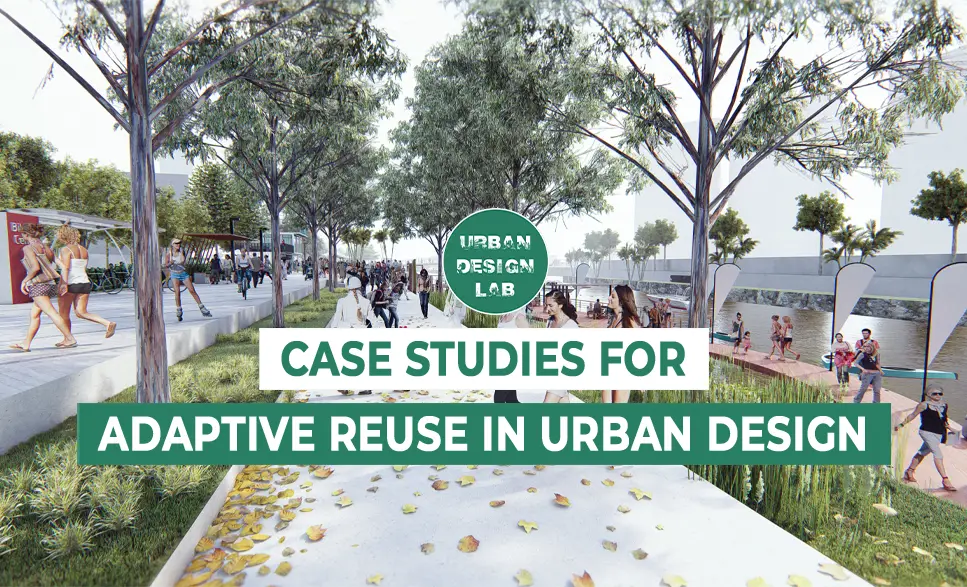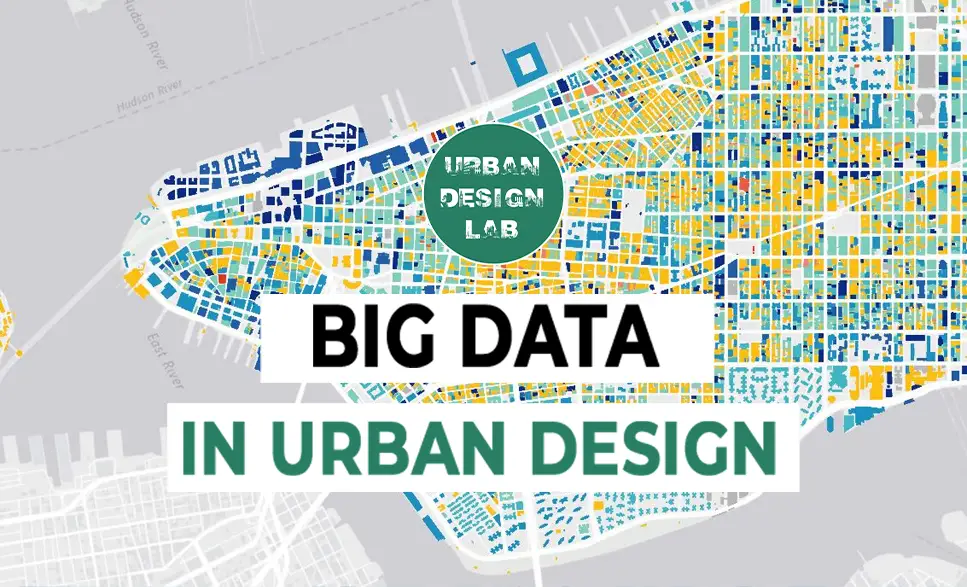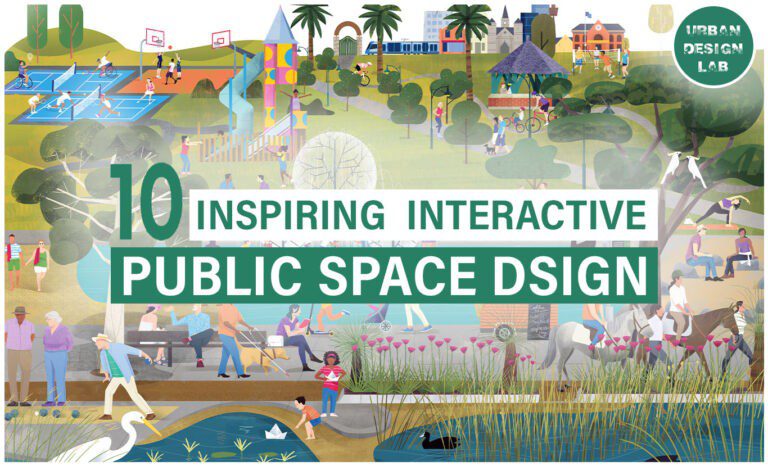
Book Review: Making people-friendly towns by Francis Tibbalds
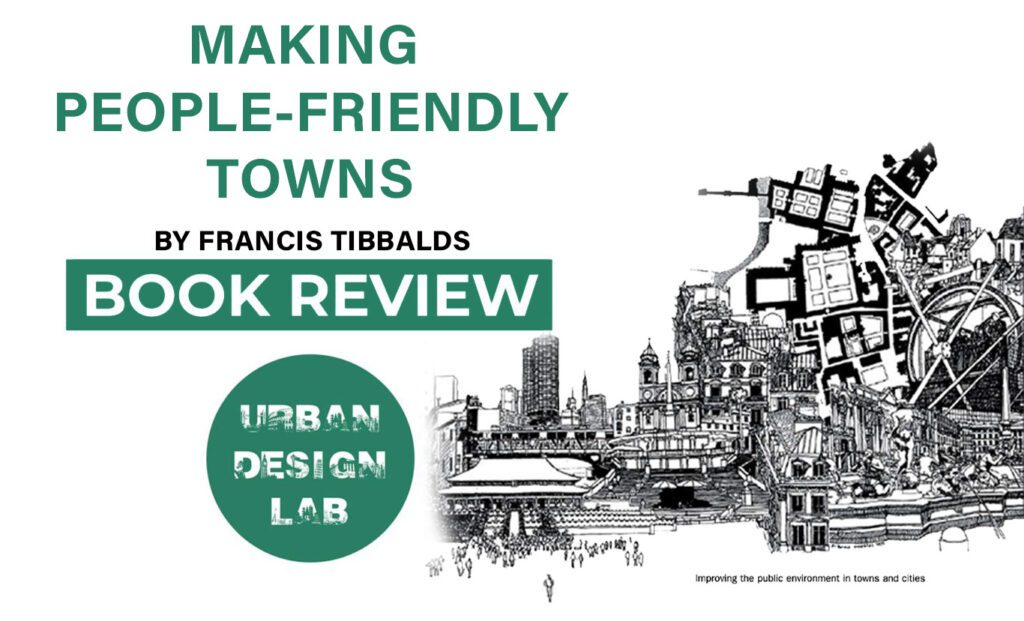
Francis Tibbalds’ “Making People-Friendly Towns” presents a compelling case for prioritizing human-centric urban design. This review explores the key themes and insights offered in this influential work on urban planning and development.
Key Themes:
The Primacy of Public Spaces
- Emphasis on well-designed streets, squares, and plazas
- Importance of cohesive public environments over isolated structures
- Focus on the overall feel of a place rather than individual elements
People-Centric Design Principles
- Advocacy for walkable, safe, and visually appealing spaces
- Stress on proper maintenance and management of public areas
- Critique of prioritizing grand structures and highways over human needs
Lessons from Historic Places
- Analysis of why people are drawn to historic areas
- Importance of walkable scale, unique architecture, and mixed-use spaces
Mixed-Use Development
- Promotion of diverse activities within single areas
- Contrast with modern zoning practices that separate uses
- Emphasis on constant activity and efficient use of transportation
Human Scale Theory
- Advocacy for visual harmony through similar building heights
- Importance of engaging ground floors for pedestrian-friendly experiences
Prioritizing Pedestrian Freedom
- Challenges posed by traffic management and building design
- Strategies for addressing increasing car traffic
- Importance of barrier-free areas and community involvement
Designing for Easy Navigation
- Ten steps for creating a legible city
- Importance of landmarks, clear movement systems, and appropriate lighting
Sustainability and Long-Term Planning
- Consideration of energy and environmental concerns in design processes
- Emphasis on high-quality, flexible, and durable structures
- Responsible attitude towards heritage and local uses
Balancing Change and Continuity
- Strategies for sensitive urban change
- Importance of gradual improvement and community awareness
The Role of Planning and Leadership
- Necessity of long-term planning (20-50 years)
- Importance of strong leadership in integrating diverse interests
- Call for increased government commitment and legislation for good design
A Shift in Focus: From Buildings to Public Spaces
The book begins by criticizing the prioritization of grand structures and highways, which aim for economic profit over human needs. Tibbalds argues that governments often disregard the demands of urban residents, focusing instead on serving the towns. Additionally , the architecture work become the most shallow thing it turned to be an external skin that be added after the construction work just to give an aesthetic appearance , make the city looks better and gain more profit. In contrast, architecture is a whole vision and concept that serves the needs of the citizens, not just a surface that the politicians use to improve the appearance of the town. Tibbalds went on to say that the primary issue isn’t in the planning process nor the laws , but rather in the way of completing the work and the little transgressions that compound into larger issues.
“Why does ‘after-care’ get so little attention, when all around us the public environment is polluted by litter, graffiti, fly-posting, vandalism and willful neglect?” (Francis Tibbalds)
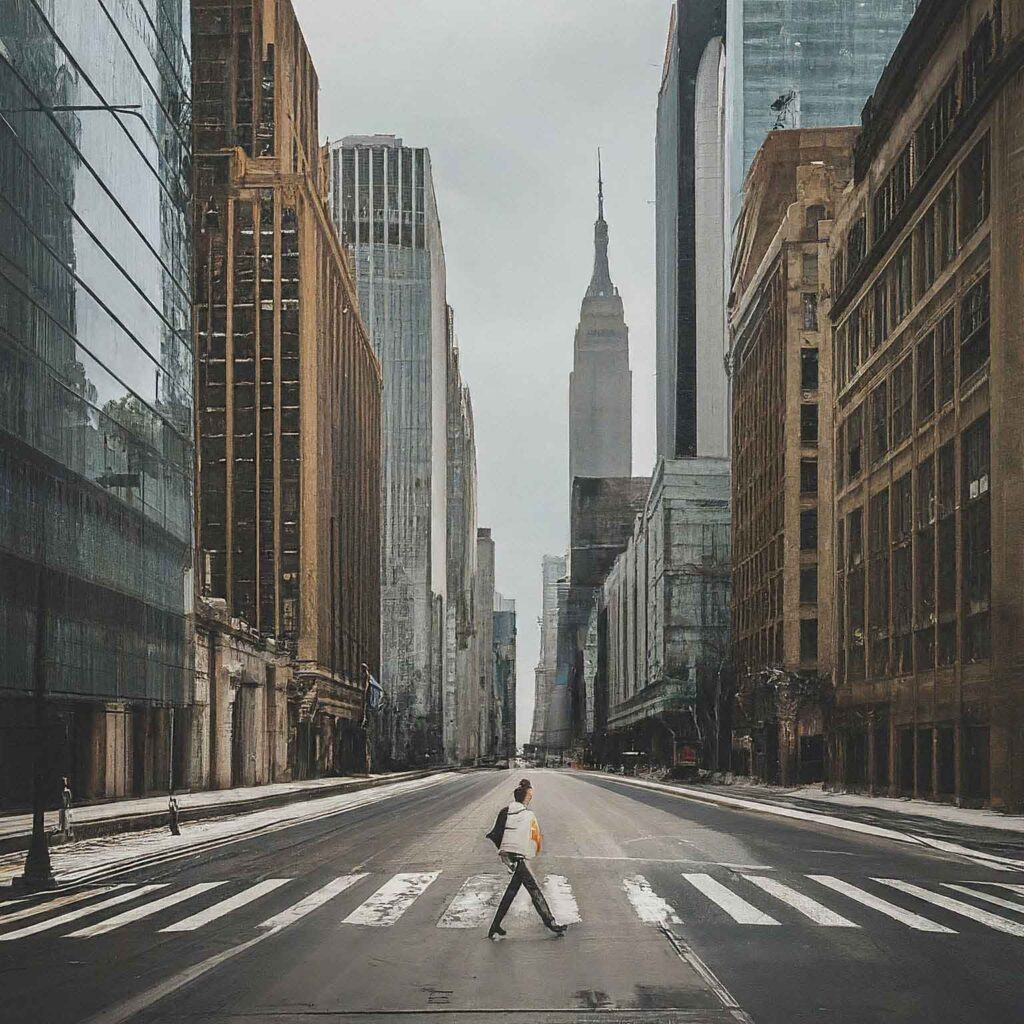
Source: author
People-Centered Design : Beyond High-Rises, Towards Vibrant Cities
Tibbalds challenges the conventional urban development approach that often prioritizes imposing skyscrapers and segregated zones. He argues that residents desire more than just uniform high-rises and strictly separated areas. Instead, they crave:
- Vibrant Gathering Spaces: Areas that foster community interaction and social engagement.
- Walkable Neighborhoods: Communities where daily necessities are within easy walking distance, reducing car dependency.
- Mixed-Use Development: Integrating residential, commercial, and recreational spaces to create lively, multifunctional neighborhoods.
- Human-Scale Architecture: Buildings and spaces designed to relate to human proportions and sensory capabilities.
- Thoughtful Urban Design: A comprehensive yet simple city design that considers the holistic urban experience.
Practical Design Elements:
To achieve these goals, Tibbalds offers guidance on creating:
- Accessible spaces that cater to all residents, regardless of age or ability.
- Safe environments that promote a sense of security and well-being.
- Visually appealing areas that enhance the overall aesthetic of the city.
- Functional street furniture, landscaping, and lighting that contribute to a warm and inviting atmosphere.
Lessons from Historic Places:
Tibbalds draws inspiration from historic areas, noting their enduring appeal due to:
- Walkable scale that prioritizes pedestrian experiences.
- Unique architecture that gives a sense of place and identity.
- Mixed-use spaces that promote diverse activities and interactions.
- Connection to nature, often through parks or water features.
- A sense of order and unity in the overall urban fabric.
By incorporating these elements, Tibbalds argues that we can move beyond the limitations of high-rise-dominated cityscapes towards more vibrant, livable urban environments that truly serve the needs and desires of their inhabitants.
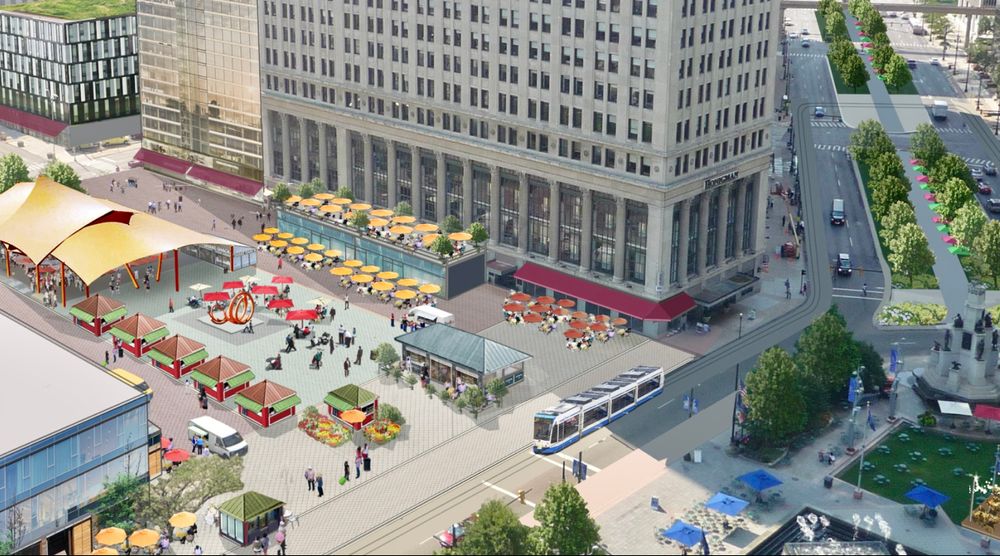
Source: Website Link
Designing Urban Spaces for Life : Adequate Town
Tibbalds emphasizes the importance of creating urban spaces that foster vibrant, active communities. He argues against the modern trend of separating uses horizontally, which can lead to lifeless urban areas. Instead, he proposes the following principles:
Mixed-Use as a Catalyst for Urban Vitality:
- Tibbalds asserts, “Zoned separation of uses literally kills urban areas. The most attractive places offer a variety of activities and experiences.”
- He advocates for mixed-use structures that host various events throughout the day, ensuring constant activity and efficient use of transportation.
- This approach helps keep cities active and safe, reducing the risk of deserted areas becoming dangerous or crime-prone.
Careful Planning for Appropriate Functions:
- While promoting mixed-use, Tibbalds stresses the need for thoughtful planning to ensure appropriate functions in each area.
- The goal is to create a harmonious blend of living, working, trading, shopping, and recreational spaces.
Human Scale Theory:
Tibbalds advocates for buildings of similar height to achieve visual harmony. However, he notes that building height isn’t the only factor in creating people-friendly spaces. Attractive and engaging ground floors are crucial for a positive pedestrian experience.
Promoting Constant Activity:
- By integrating various functions within close proximity, cities can maintain activity throughout different times of the day.
- This constant flow of people and activities contributes to the overall safety and vibrancy of urban areas.
Efficient Use of Resources:
- Mixed-use development can lead to more efficient use of transportation and infrastructure.
- It reduces the need for long commutes and can help create more sustainable urban environments.
Creating a Sense of Place:
- The diversity of activities and experiences in mixed-use areas contributes to a unique urban character.
- This helps foster a sense of community and belonging among residents.
Tibbalds’ vision of an “Adequate Town” is one where the urban fabric is woven with diverse, interconnected spaces that cater to various human needs and activities. By moving away from rigid zoning and embracing a more integrated approach to urban design, cities can become more livable, vibrant, and resilient. This people-centered approach to urban planning aims to create spaces that are not just functional, but truly alive and responsive to the needs of their inhabitants.
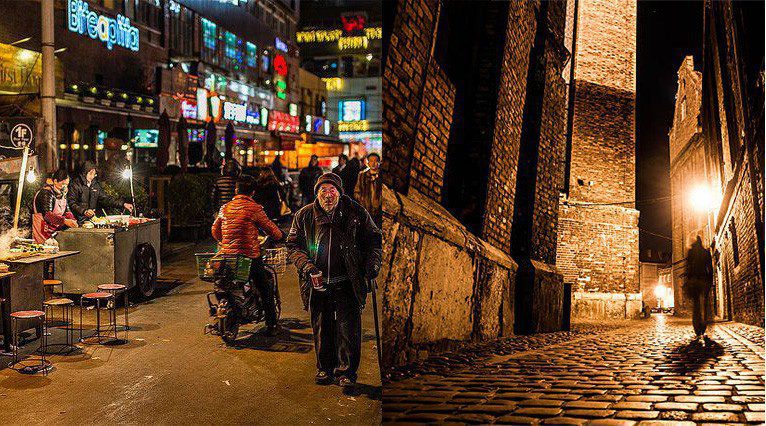
People First: Prioritizing Pedestrian Freedom and Livable Cities
Tibbalds emphasizes the crucial importance of pedestrian freedom in creating truly livable cities. He draws on the wisdom of Sir Colin Buchanan, who stated, “The freedom with which a person can walk about and look around is a very useful guide to the civilized quality of an urban area.” Despite this insight, pedestrian freedom remains a significant challenge in many urban environments due to poor traffic management and building design. Harmful hazards like noise and air pollution continue to plague city centers, largely due to the dominance of motor vehicles.
The increasing prevalence of cars in towns and cities poses a complex problem that requires multifaceted solutions. Tibbalds suggests a range of approaches, including building more roads, relocating car-generating facilities, implementing constraint policies, penalizing drivers, and altering town structures through pedestrianization and traffic management schemes. The ultimate goal is to create street-level urban environments that allow pedestrians to move freely and safely.
Urban development, according to Tibbalds, should prioritize health and well-being by providing varied access to activities, resources, and places for all community sectors. This access should be universal, regardless of age, ability, background, or income. He points out that physical barriers like walls, bridges, and underpasses can often prevent safe walking and should be avoided in favor of barrier-free areas.
Community involvement is highlighted as a crucial element in successful urban development projects. Tibbalds calls for openness, honesty, and creativity in architecture and urban design processes. He references Walt Disney’s insight: “You can dream, create, design and build the most wonderful place in the world…but it requires people to make the dream a reality.” This underscores the importance of considering the needs and desires of the people who will inhabit these urban spaces.
By putting people first and prioritizing pedestrian freedom, Tibbalds argues that we can create more livable, healthy, and vibrant urban environments. This approach not only improves the quality of life for city dwellers but also contributes to more sustainable and resilient urban communities.
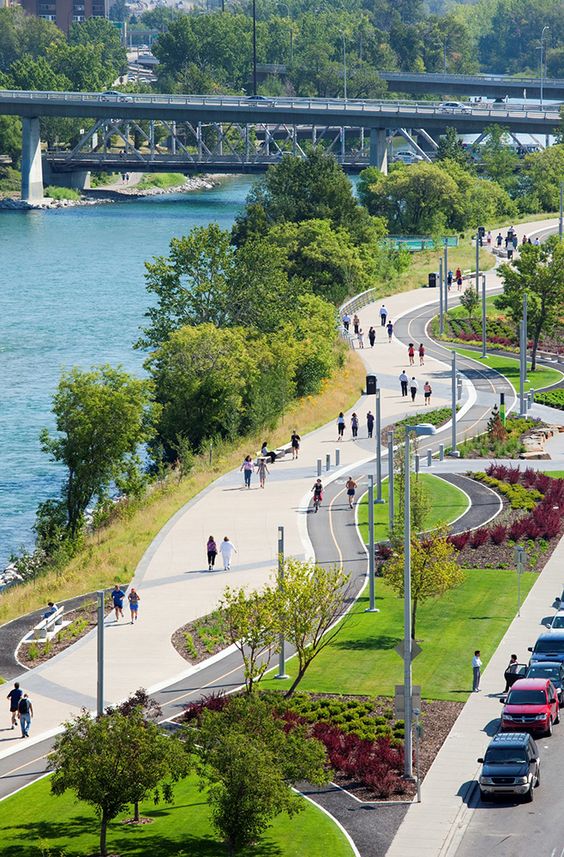
Beyond Signage: Designing for Easy Navigation
Urban environments should be legible to ensure facilitate for pedestrians and drivers of the town’s layout and amenities, as perceptions vary among individuals.
10 Steps for a legible city:
- New development should have legible elements such as linked spaces, landmarks, and low rooflines.
- The arrival point in a town or city should celebrate arrival, with clearly defined entrances and exits and décor related to local context.
- For towns with rivers or canals running through their central areas, the water should be used as a key structuring element, allowing people to know it is there, facilitate views, and exploit its visual and functional potential.
- Buildings should be memorable markers in the townscape.
- Covered spaces like shopping malls and subways often tend to extensive signage.
- Usage of transport nodes acting as gateways, clear movement systems, and marking key parts with appropriate landmarks or visual pointers.
- Central areas should be well lit and lined with uses that operate after dark to enhance night-time appearance.
- Tall buildings should be strategically located to provide a positive outline to the skyline and mark specific places in the urban fabric.
- City centers should be sensitive, friendly, and avoid single-use buildings.
- Good landscaping should soften the built fabric
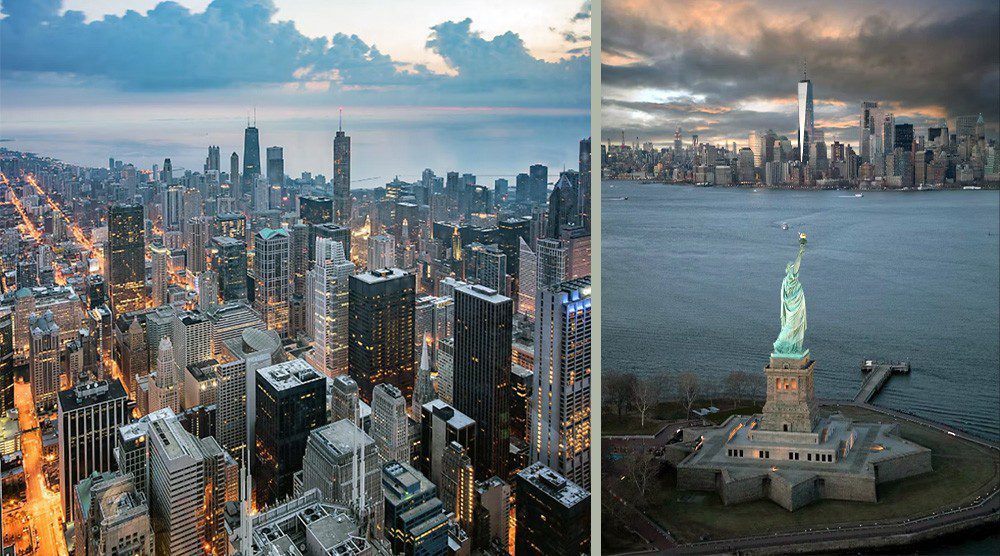
Building to Last: Quality, Sustainability, and the Long-Term Future of Cities
“Aldo Gucci claim, ‘The bitterness of poor quality is remembered long after the sweetness of the cheapest price is forgotten.”
Urban development’s short-term expediency can harm the environment, as decisions made during building design and construction have long-lasting effects on the building and the wider environment.
- The planning and design processes should take energy and environmental concerns into consideration at the proper levels.
- Structures should be strong, flexible, and made of premium materials for both practicality and beauty.
- Poor maintenance in public spaces can harm perceptions.
Additionally Tibbalds mentioned that Integrating functions in streetscape design can help avoid cluttering urban areas.
Create long lasting environments :
- Require a responsible attitude towards heritage
- Prioritizing special local uses
- Ensuring no historic building is demolished without a logical reason .
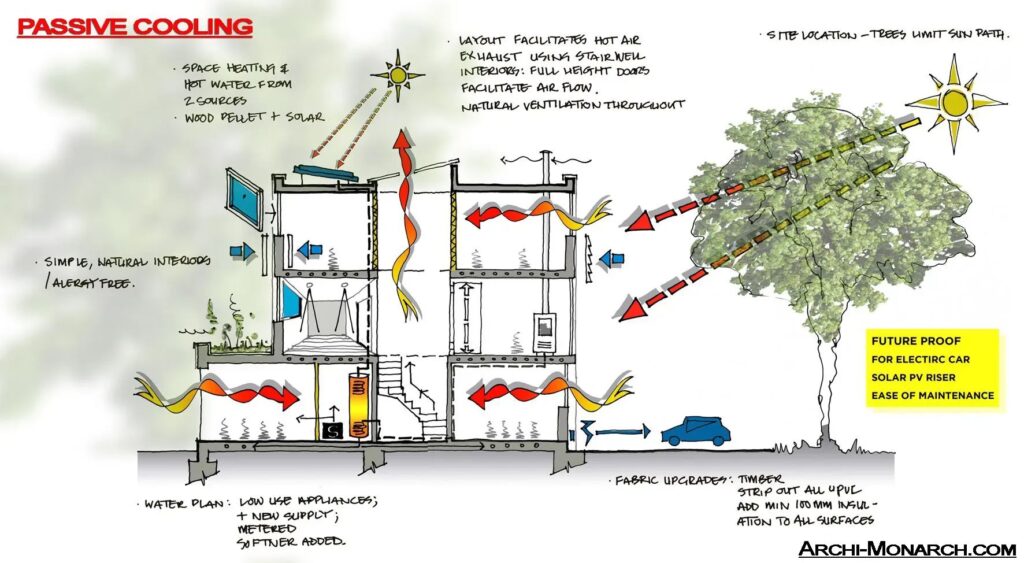
Making Room for the New: The Importance of Community in Urban Development
“Tibbalds aver ,’Change is inevitable but in places where all old buildings have been swept away people feel a sense of insecurity and the continuity is lost for ever.”
Strategies for Sensitive Urban Change :
- Urban change is unavoidable and painful, especially when it occurs on a large or comprehensive scale. It is crucial for communities to be aware of what is happening, when and why.
- The post-war period saw redevelopment of town centers, often through planning and implementation.
- The issues are not black and white; it is a matter of balance, mixing new and familiar with old and familiar to create attractive, rich, urban environments that people will find comfortable and enjoyable.
- Conservation involves preserving and enhancing the good aspects of an area, not just in terms of historical or architectural aspects, to ensure a conducive environment for urban life.
- Change need not be about wholesale development; it can be about a process of gradual improvement and sensitive facelift schemes.
- Measures available to a local public authority to achieve schemes include grant aiding façade improvements, the encouragement of street owner groups, promulgation of good practice, and the fostering of award schemes by civic and amenity societies.
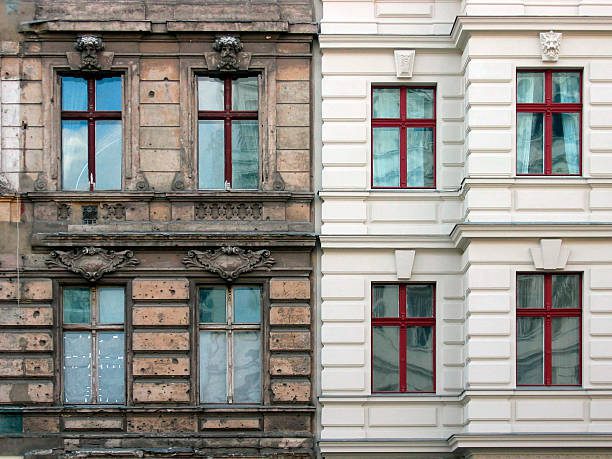
Building Thriving Cities: Planning, Public Spaces, and People Power
Planning is Key :
- Successful planning considers both the future environment and protecting heritage.
- Market forces often prioritize private interests, making public realm investment difficult.
- Long-term planning (20-50 years) is crucial for success, with a incorporation of interests subscribing to an agreed vision and committed to making it happen .
Creating Vibrant Cities :
- Strong leadership is needed to integrate diverse disciplines, people, and activities.
- A good environment and attractive public realm are not just created by professional specialists but also by the love and care of the people who live and work in a town or city.
- Simple design and management principles can be effective.
- Revitalizing Public Spaces
5 suggestions for a public realm renaissance :
- Increased government responsible environmental ministers commitment
- Legislation for good design
- Radicalization of training of urban design professionals.
- Focus on community and professional development with a incorporation of interests subscribing to an agreed vision and committed to making it happen .
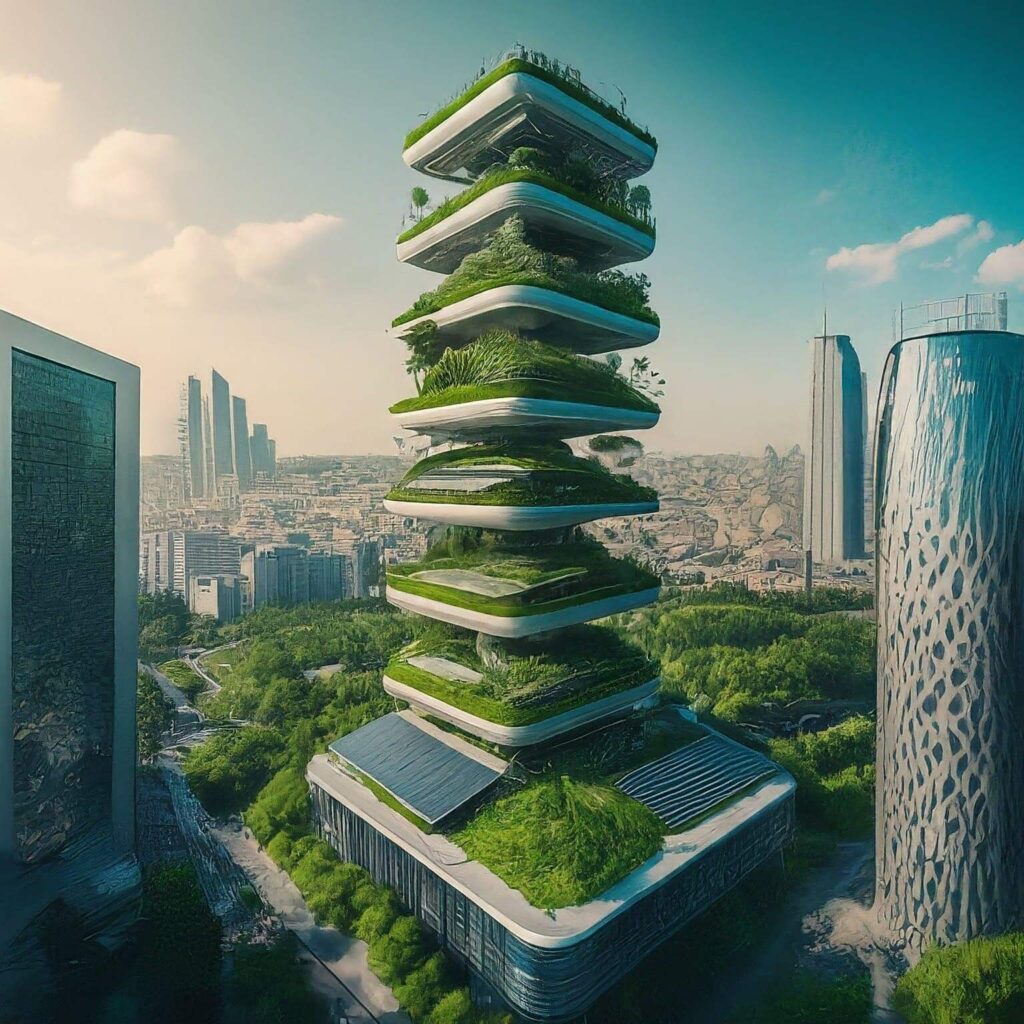
Source: author
Conclusion
In conclusion , urban design is about balance , focusing on the best of the past , looking after presents needs , and ensuring that buildings are of high quality in the future .
Urban design is crucial for creating a vibrant, mixed-use environment that is visually stimulating and attractive to residents and visitors.. Buildings and development should be appropriate to the town or city, and the perceived form of the city should come more from major spaces such as streets, squares, parks, and water. Town managers should be appointed to manage these aspects , and the tension between new and old parts should be positively exploited to create a rich and complex design environment .
The author emphasizes the importance of green landscaping in urban areas , as trees act as pollution screens and contribute to the sustainability and ecological balance of the urban area .
New planting should be introduced to design pedestrian routes and provide shaded spaces. Tree-planting can enhance open sites and spaces, re-establishing the building line, and creating more attractive car parking areas.
References
- Making People-Friendly Towns: Improving the Public Environment in Towns and Cities by Francis Tibbalds (1992)
- https://www.pps.org/
- https://www.sociallifeproject.org/catalytic-places-public-squares/

Mirna George
About the Author
Mirna George is a senior Architecture Student at Faculty of engineering Ain Shams University . Worked on various projects during her academic past years such as hotel , community center , luxurious compounds and mixed use building . Passionate in urban designs , modern developments and learning architecture aspects . Participated in many architectural competitions to develop her architecture skills . Also volunteered in many organizations and become one of their high board .
Related articles
UDL Illustrator
Masterclass
Visualising Urban and Architecture Diagrams
Session Dates
17th-18th January 2026

Urban Design Lab
Be the part of our Network
Stay updated on workshops, design tools, and calls for collaboration
Curating the best graduate thesis project globally!

Free E-Book
From thesis to Portfolio
A Guide to Convert Academic Work into a Professional Portfolio”
Recent Posts
- Article Posted:
- Article Posted:
- Article Posted:
- Article Posted:
- Article Posted:
- Article Posted:
- Article Posted:
- Article Posted:
- Article Posted:
- Article Posted:
- Article Posted:
- Article Posted:
Sign up for our Newsletter
“Let’s explore the new avenues of Urban environment together “


